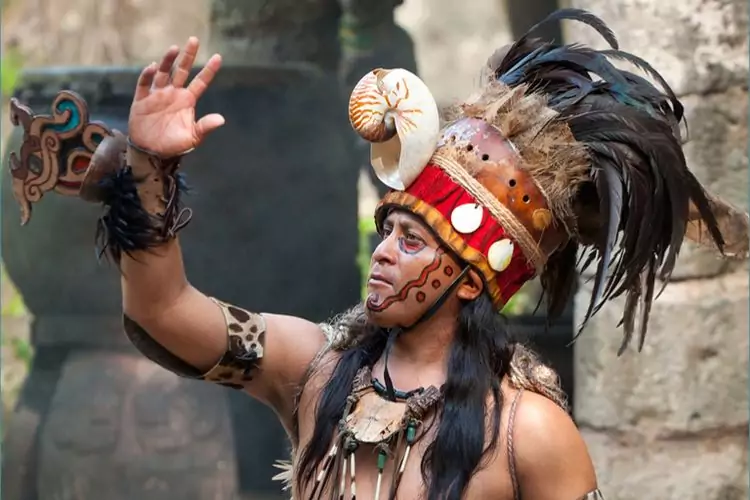Timekeepers of the Earth: A Mayan Story

Just as their ancestors charted long ago, the Maya watch, not as relics, but as timekeepers still.
Deep in the lush jungles and sun-warmed plains of southern Mexico, beneath the shadows of ancient stone temples and whispering ceiba trees, the Maya still walk.
Not just as a memory, not just as a ruin, but as a people, alive with the pulse of the past and the breath of now.
The world often speaks of them in the past tense, of pyramids swallowed by vines, of calendars that counted centuries, of gods with jaguar faces.
But for the Maya, time has never been linear. It moves in circles, in cycles, in sacred spirals that still shape the way they live today.
In the villages of Chiapas and the Yucatán, the Maya rise with the sun and the sound of birdsong.
Their homes, made of wood, thatch, and patience, sit between cornfields and limestone paths.
Children chase chickens, women grind maize on stone, and old men sit beneath trees, their stories carried on smoke from clay pipes.
Corn is life, not just food, but origin. They say the gods made humans from maize.
So every tortilla, every kernel, is a blessing, a prayer, a remembrance of creation.
Rituals are still held to honor the earth, sky, and rain, guided by traditional priests, h-men, who speak to the spirit world through fire, chant, and sacred drink.
Their language still lives.
Yucatec, Tzotzil, K’iche’, and dozens more, all rich with rhythm and meaning, passed from tongue to ear in marketplaces, kitchens, and quiet dusk conversations.
Spanish may rule in schools and offices, but in the soul of the Maya, their own words sing louder.
Their weaving tells stories the world doesn’t always hear.
Threads of red, black, blue, and jade, woven into huipils, shawls, and belts, speak of gods, animals, and cosmic order. Every village has its pattern. Every pattern has its power.
The Maya do not just remember their ancestors, they live with them. Offerings are left in homes. Saints and spirits are woven together.
Churches ring with Catholic hymns, but incense and candles burn with the old ways beneath the altars. It is not a contradiction. It is coexistence.
And still, they resist. Not with swords, but with culture. With language. With land. The Maya have survived conquest, colonization, and centuries of silence.
Yet they endure, planting, building, praying, dreaming. In Chiapas, the Zapatista movement rose from Mayan soil, a cry for justice wrapped in dignity and woven scarves.
Even in modern cities, Mayan faces walk proudly, unapologetic, unbent.
The world may know the ruins of Chichén Itzá, Uxmal, and Palenque. But the real wonder is not stone. It is survival. It is the grandmother teaching her granddaughter to weave symbols of the sun.
It is the farmer blessing his seeds before the rain.
It is the drumbeat at festival time, echoing through generations.
To be Maya is not to live in the past.
It is to carry the past forward—wrapped in cloth, spoken in tongue, planted in earth.
In a world that forgets, the Maya remember.
In a world that moves too fast, they move with purpose.
In a world that breaks its circles, the Maya keep theirs whole.
And as the stars turn above, just as their ancestors charted long ago, the Maya watch, not as relics, but as timekeepers still.
